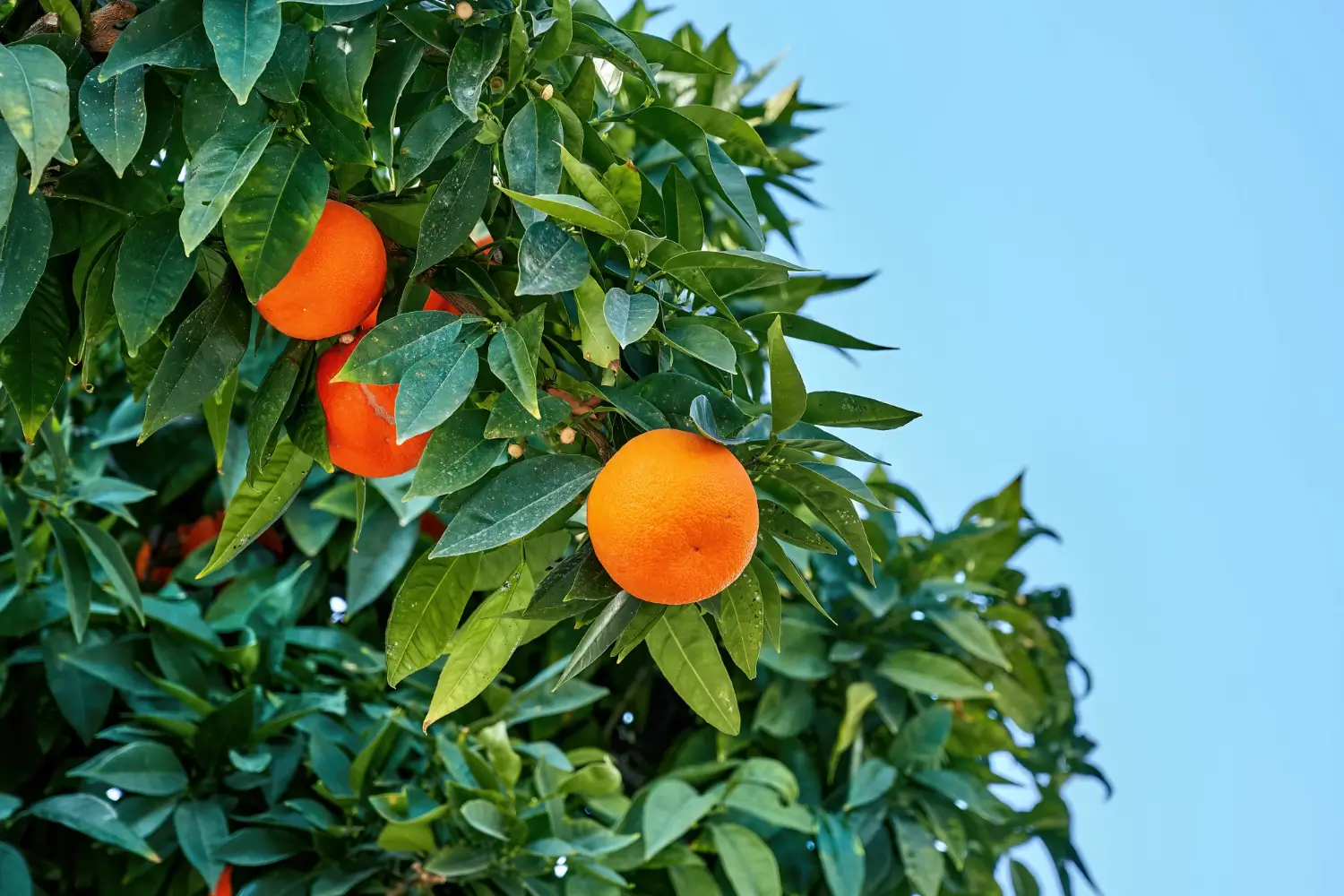
Soil Health & Fertilization
We unite suppliers and green industry professionals worldwide
Though a typical grain, quinoa is actually the seed of a flowering plant, and its nutritional profile surpasses those of many real cereals with its high protein, fiber and mineral content.
By Mariam Scott
|Published on June 18, 2025
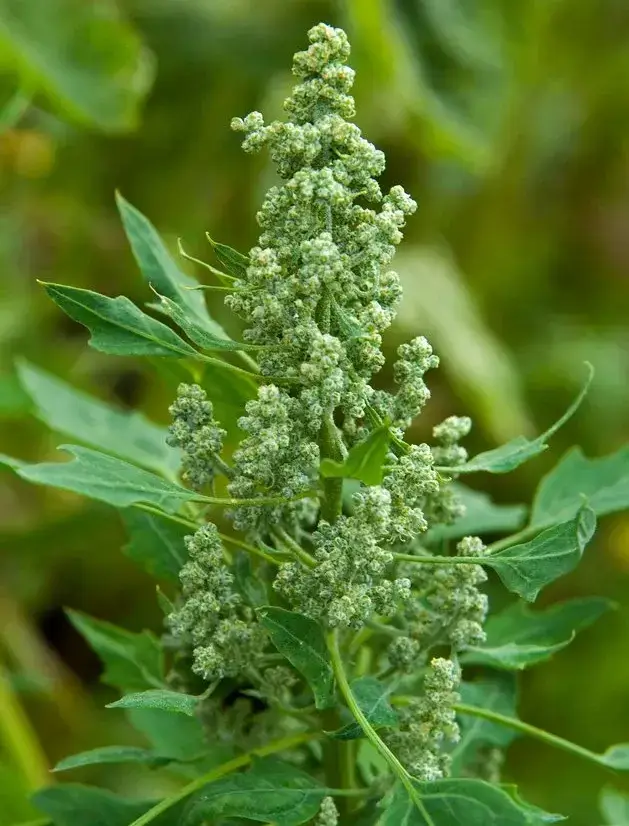

“Would you believe one plant could feed your body, nourish your soil and add cheer to your garden — all at the same time?”
Say hello to Quinoa, an ancient superfood that’s not just for your plate, but also for your plot. Native to the Andean region of South America, Chenopodium quinoa has been cultivated for thousands of years by civilizations such as the Incas, who referred to it as the “mother of all grains.” Though a typical grain, quinoa is actually the seed of a flowering plant, and its nutritional profile surpasses those of many real cereals with its high protein, fiber and mineral content.
But quinoa is not just a health powerhouse — it’s also a beautiful plant to have in the garden. The tall, upright plants produce vibrant plumes of seed heads that can range in color from soft cream to fiery red and deep purple. It is both functional and decorative, happily growing in full sun and well-drained soil with little fuss.
Whether you’re an edible gardener seeking to diversify your harvest or a flower lover pursuing interesting texture, quinoa has you covered.
| Common Name | Quinoa |
| Botanical Name | Chenopodium quinoa |
| Type | Herbaceous,annual plant |
| Height/Spread | 4–7 feet tall, 1–2 feet wide |
| Sunlight | Full sun |
| Soil | Loose, well-draining soil, low in nitrogen |
| Watering | Moderate; drought-tolerant once established |
| Bloom/Harvest Time | Blooms in summer; seeds ready early fall |
| Hardiness Zones | Grown as annuals in all zones |

September 25, 2025
9 minute read
September 24, 2025
9 minute read
September 23, 2025
10 minute read
September 22, 2025
9 minute read


Join as a seller and connect with thousands of B2B buyers nationwide!
Sign Up
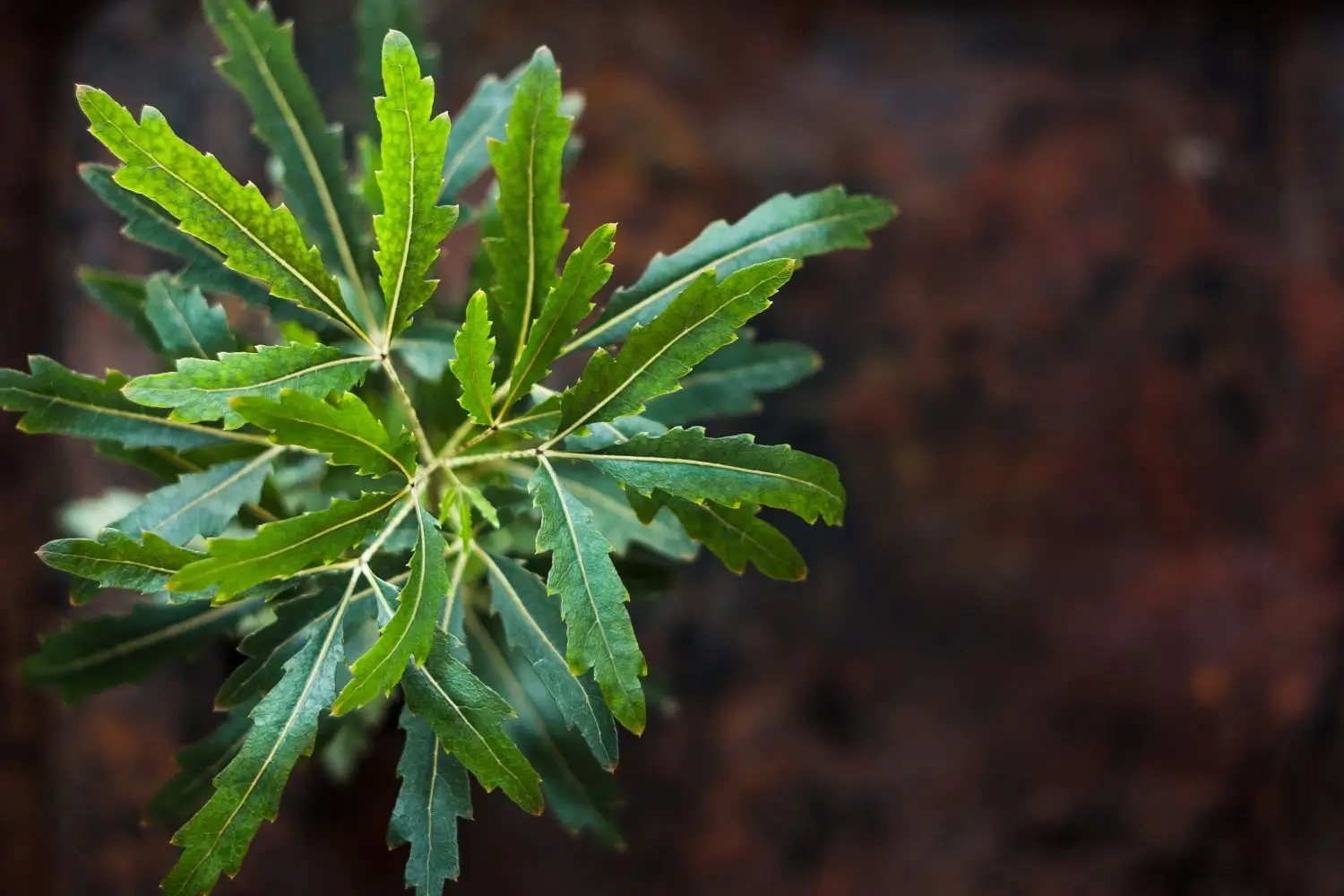
False Aralia
If you are thinking about bringing a bit of the tropical indoors, the False Aralia (Schefflera elegantissima) may be just the plant for you
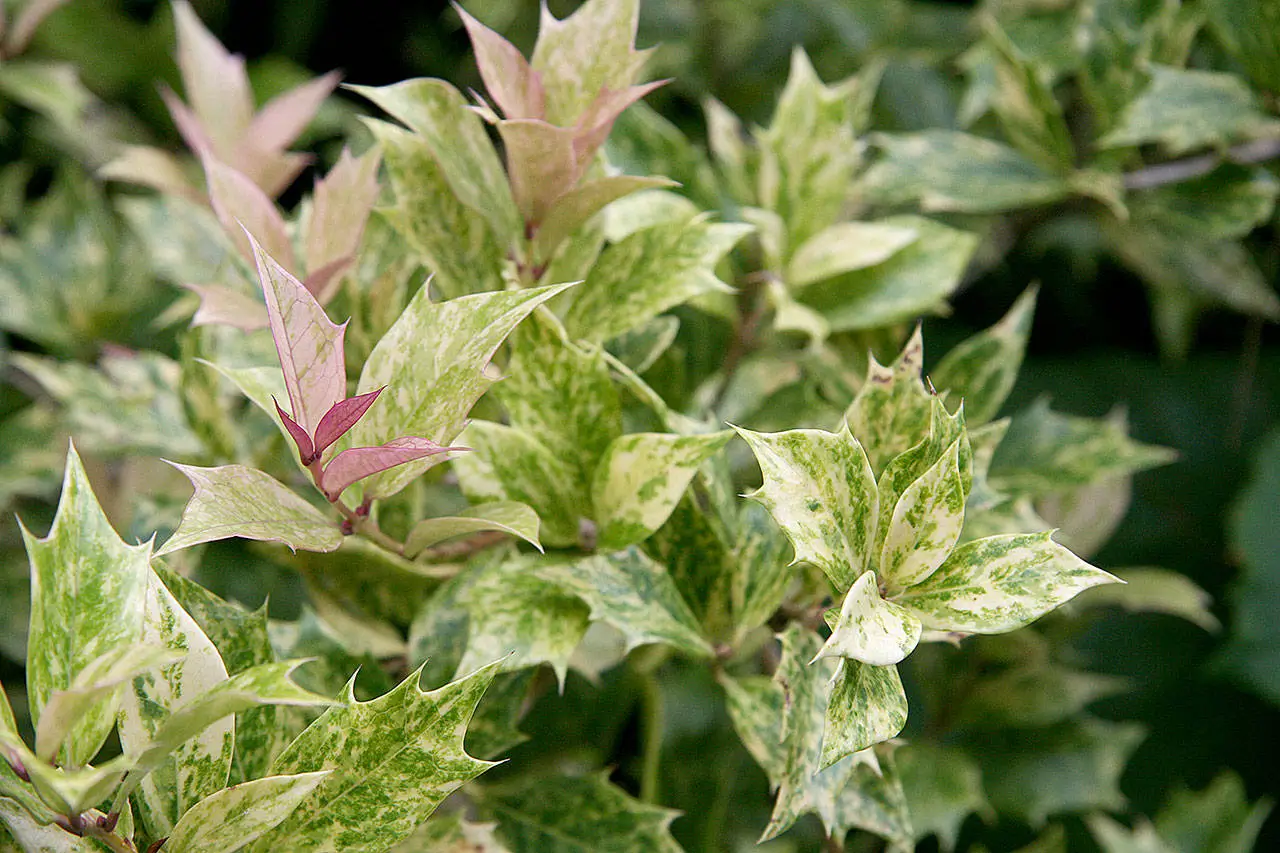
False Holly
Want to add a bold evergreen shrub to your landscape or garden? The False Holly (Osmanthus heterophyllus) may be exactly that source for you.
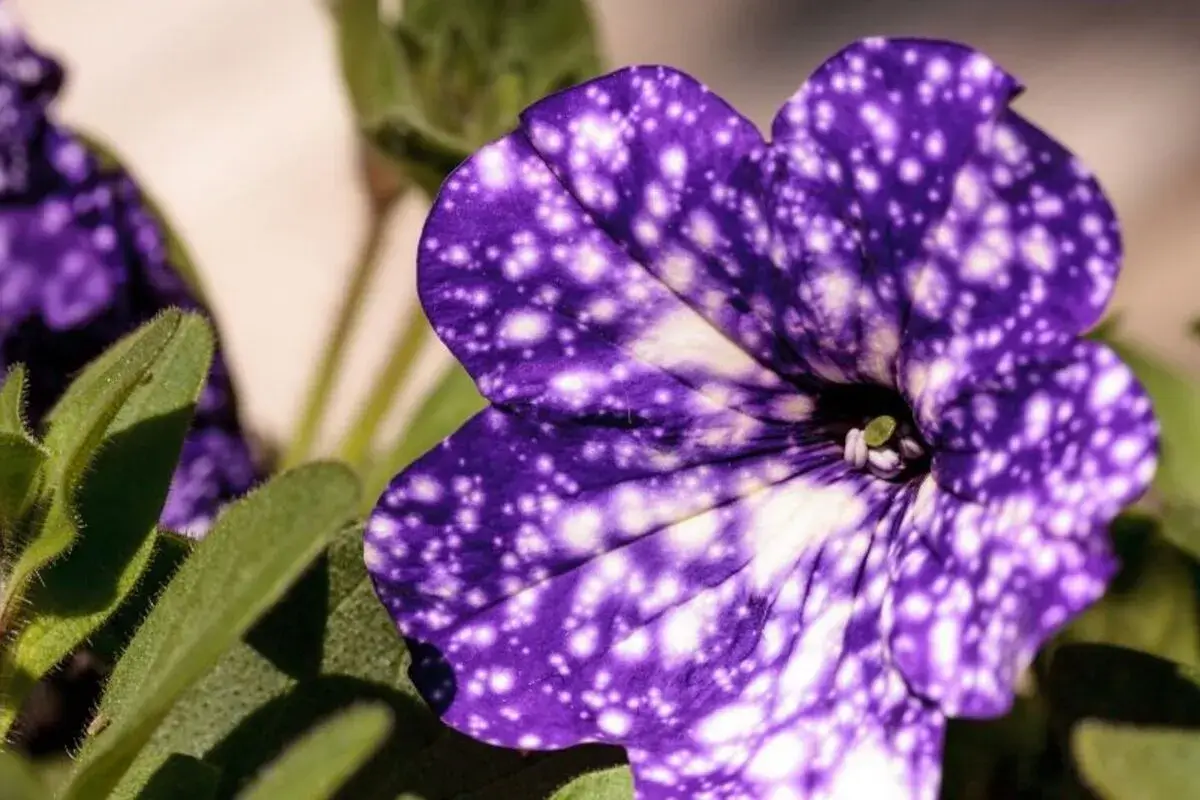
Galaxy Petunia
The Galaxys Petunia (Petunia hybrid) is a flower that seems to be painted with the universe itself.

Macadamia Nut Tree
The Macadamia Nut Tree (Macadamia integrifolia and Macadamia tetraphylla) is not only the source of delicious nuts — it’s also an eye-catching evergreen tree with glossy green foliage and cascading clusters of fragrant flowers.
Quinoa is a hardy, forgiving crop that does well in sunny, dry climates, and in poor soil — ideal for low-maintenance gardening. Once established, it is drought tolerant, requiring only occasional watering. *The big three: full sun, loose soil, very little fertilizer.
Don’t choose soil rich in nitrogen, which promotes leafy growth instead of seed production. It’s a warm-season plant, best started after the danger of frost has passed.
Quinoa requires full sun—at least 6–8 hours of direct sunlight each day—to flourish. Sun exposure is crucial for strong stem development and full seed maturation. In shaded conditions, plants may become leggy and unproductive.
This plant thrives in loose, well-draining soil that is low to moderate in fertility. High-nitrogen soils promote leafiness at the expense of seed production. A slightly alkaline to neutral pH value (6.0–7.5) works best. Avoid heavy clay soil or soggy soil that can cause root problems.
Quinoa is fairly drought-tolerant once established, but needs regular moisture as a young plant. Initially, keep the soil a little moist while germinating and growing, then water less. Too much water near harvest can affect seed quality or promote fungal growth. Always water at the base to avoid wetting foliage.
Quinoa requires minimal pruning. All you have to do to improve airflow and reduce disease risk is remove any damaged or overcrowded lower leaves. In smaller gardens, topping young plants can help them branch and increase seed production, though many gardeners allow them to grow naturally. Once the flower heads have formed, do not cut the plant not to disturb seed development.
Quinoa is grown from seed, and propagation is easy with the right conditions.
Seeds saved from mature plants may be dried and stored in a cool, dry spotfor the next planting season.
Though quinoa prefers being grown in the ground, it’s possible to grow it in large containers, especially if space is limited.
Container-grown plants might be smaller, but they still produce edible seeds along with beautiful foliage.
Quinoa is an annual, and it completes its life cycle within one growing season and does not need overwintering. But seeds can be saved from mature plants to replant next spring. After harvest, remove the dried stalks and compost or discard them to reduce pest buildup.
In colder climates, quinoa can be sown indoors in biodegradable pots 3–4 weeks before the last frost and then transplanted, container and all, into the ground to avoid disturbing the roots.
Quinoa flowers in mid to late summer, with small, inconspicuous blooms that cluster into tall, feathery plumes. Though not flashy like ornamental flowers, these blooms develop into stunning seed heads in shades taking red, pink, gold or ivory color, depending on the variety. The flowering time is also crucial for pollination, although quinoa is primarily wind-pollinated and self-fertile.
Quinoa is ready to harvest when the leaves have fallen and seed heads feel dry and firm — usually early fall, 90–120 days after sowing.
Quinoa is a tough plant, but it can occasionally face challenges
Most issues are manageable and rare with good cultural practices.
Quinoa brings a lot more to the garden than just seeds—it’s an attractive, low-maintenance, and nutritious crop that bridges the gap between ornamental and edible. Quinoa is a rewarding addition to any garden space, whether you're drawn to its history, health benefits, or simple beauty.
Yes! Grow quinoa in full sun and well-drained soil. It is appropriate for most climates during the warm season.
It requires about 90–120 days from seed to harvest depending on variety and conditions.
Yes, the young leaves of quinoa are edible and good, like spinach, but most people grow the plant for its seeds.
No. Quinoa is an annual plant and needs to be replanted every spring.

Soil Health & Fertilization
Victor Miller
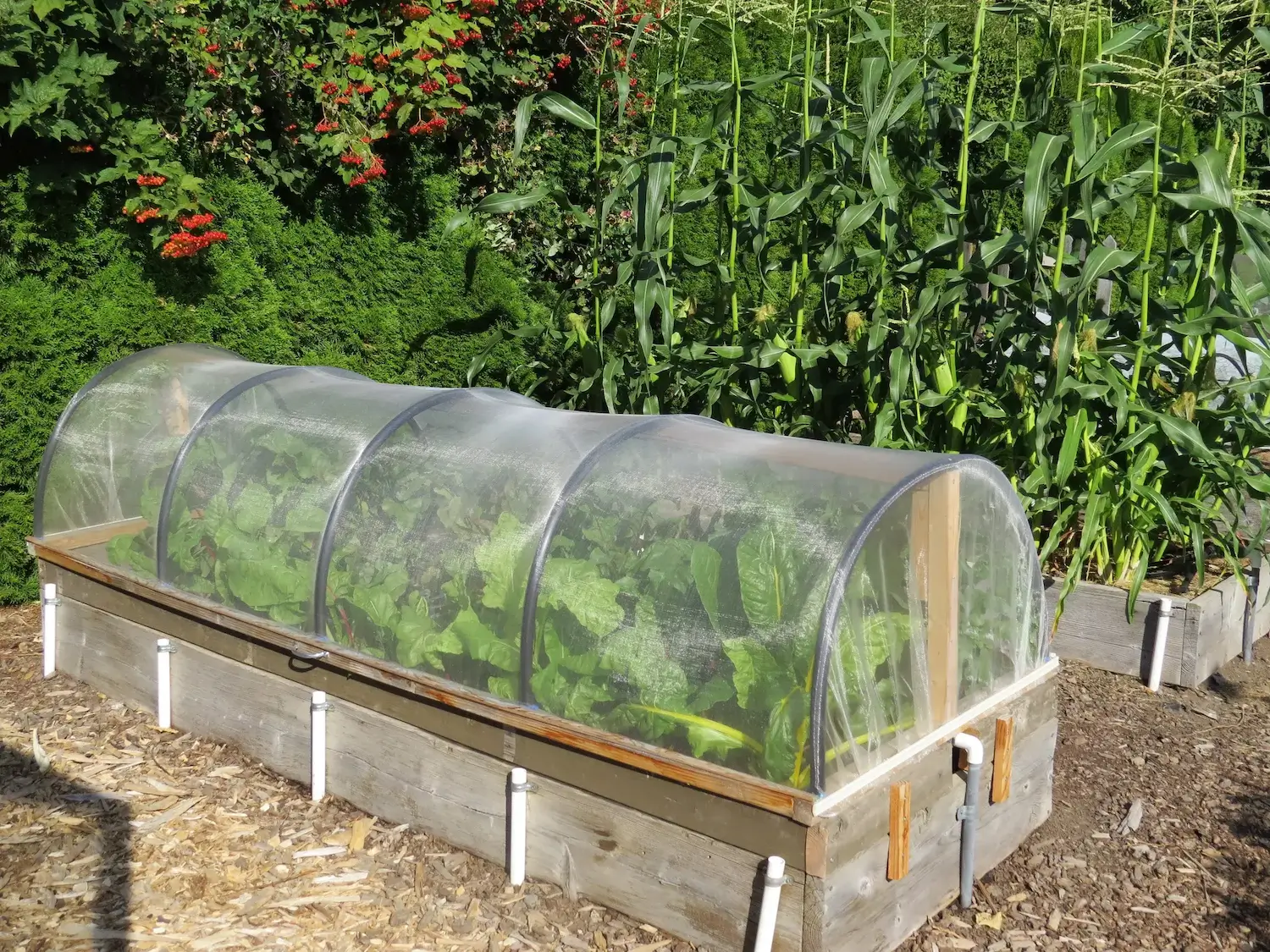
Pest Identification & Prevention
Victor Miller
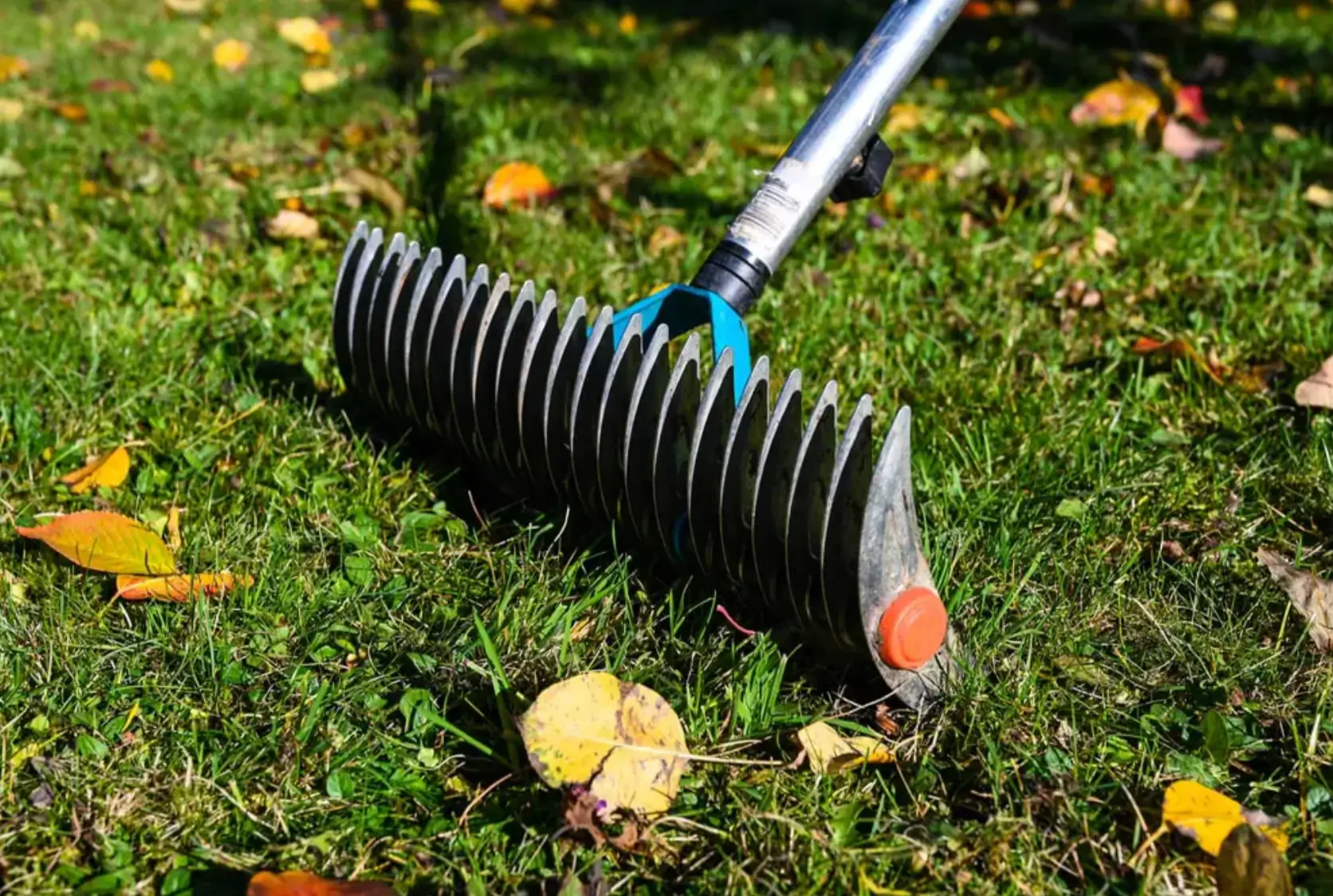
Lawn Care Tips & Maintenance
Victor Miller
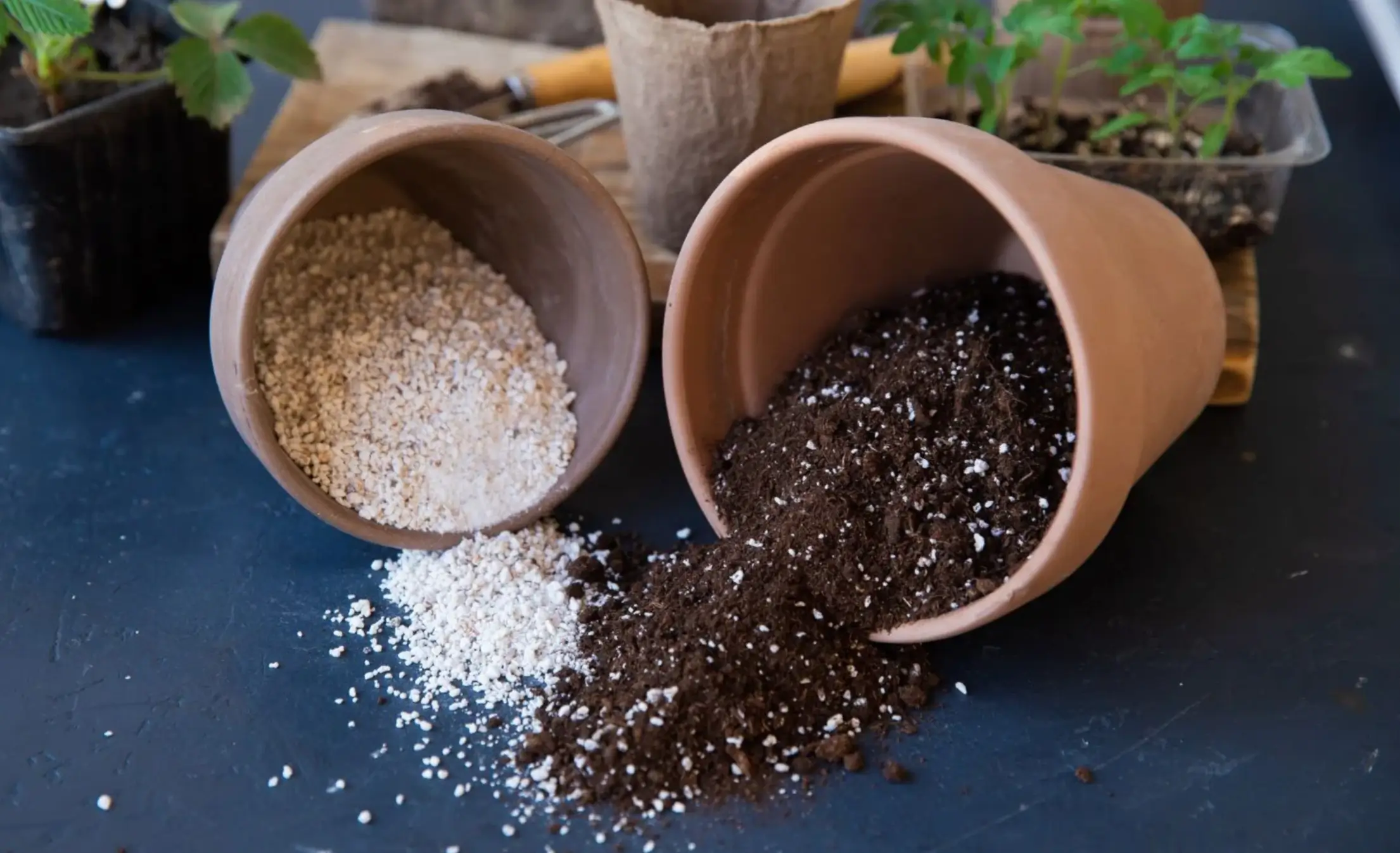
Soil Health & Fertilization
Victor Miller
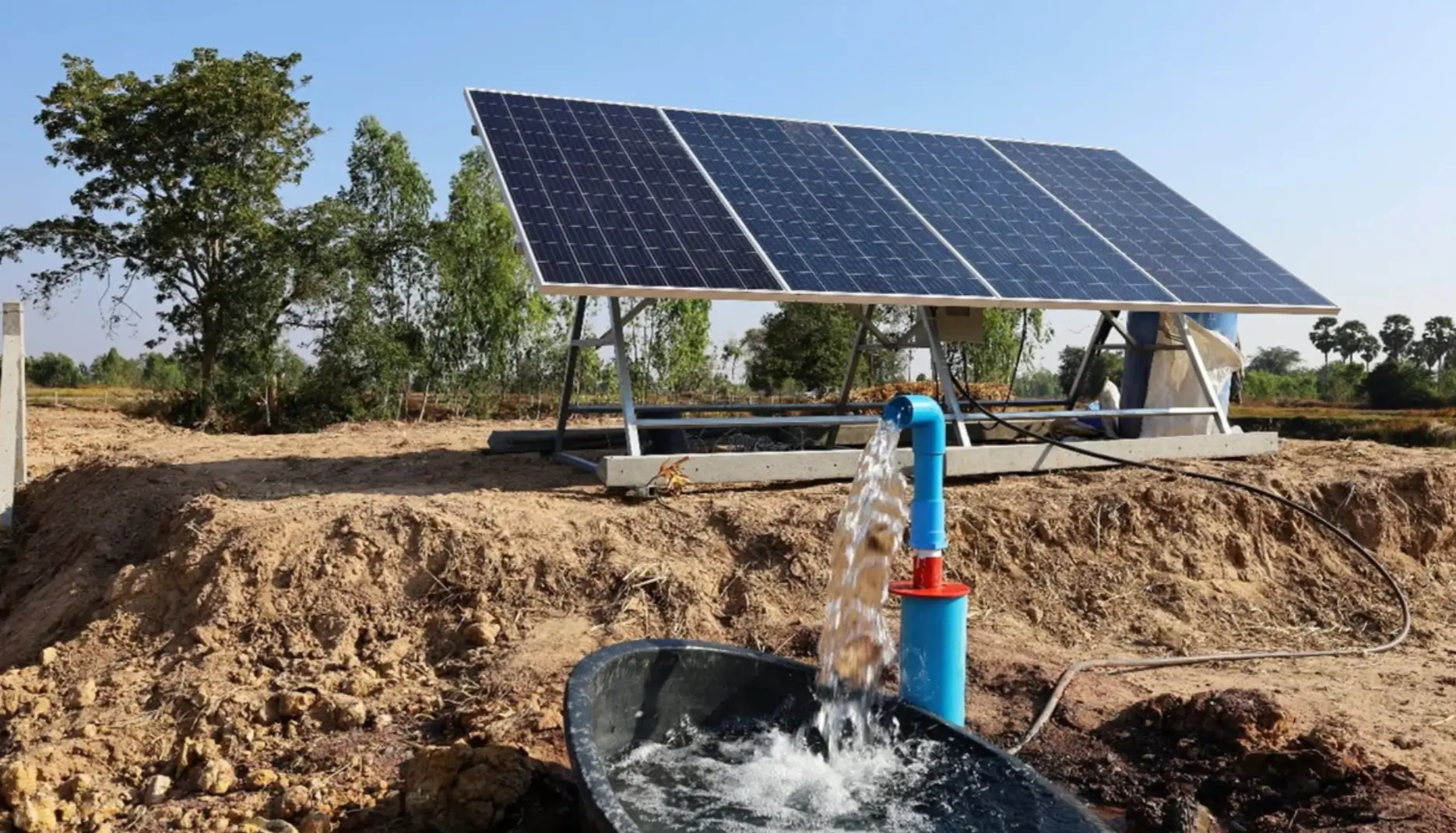
Smart Irrigation Systems
Victor Miller

Patios, Walkways & Driveways
Victor Miller
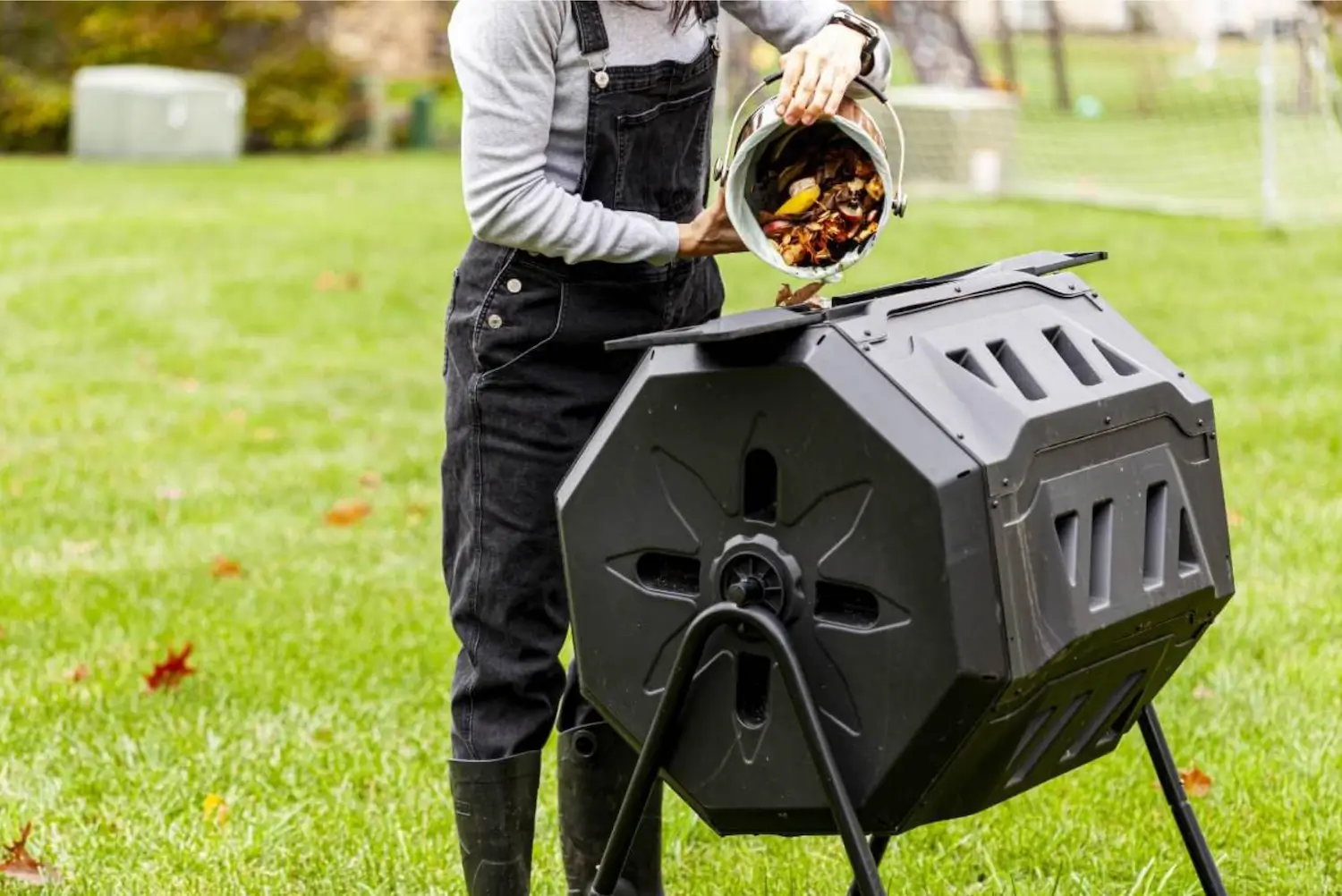
Soil Health & Fertilization
Victor Miller
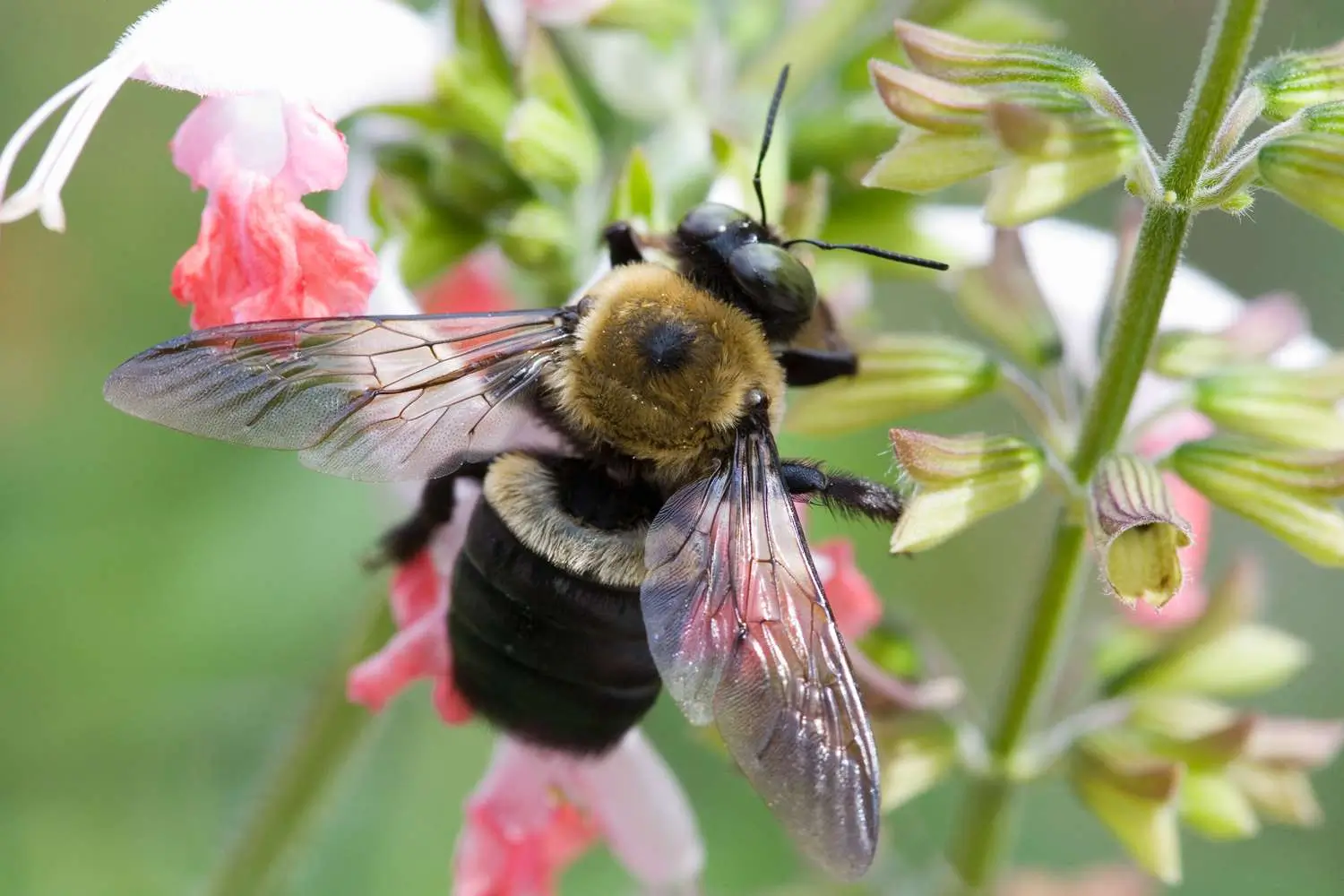
Pest Identification & Prevention
Victor Miller
My Account
Our team is always here to help.
We are open Monday - Friday, 9:00 AM to 4:30 PM PST.